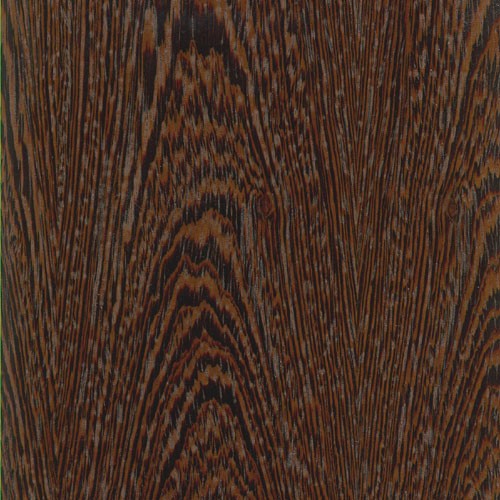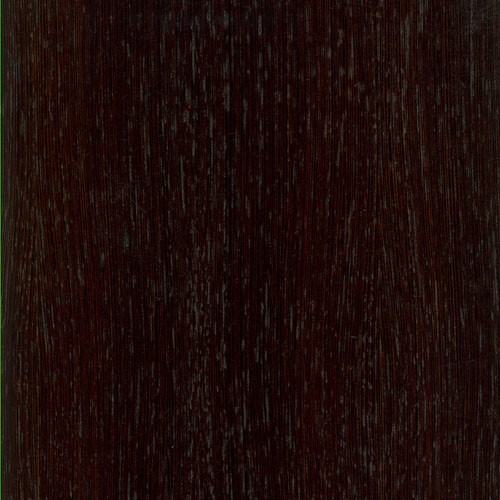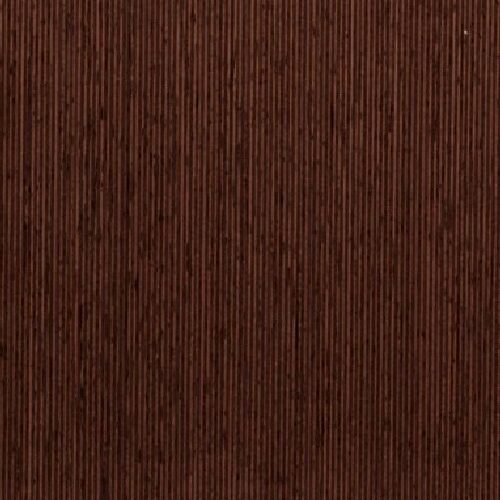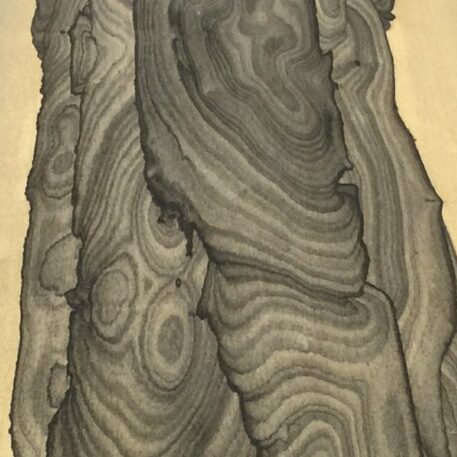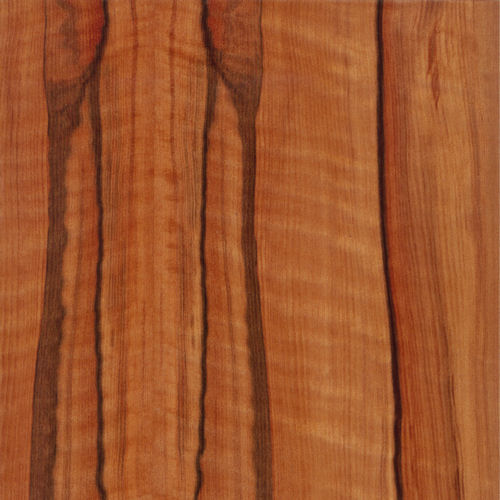Wenge
[Millettia laurentii]
A Central African species, Wenge grows most prominently in Tanzania and Mozambique. Though not very tall — it seldom reaches over 50 feet in height. Not the easiest name to say initially, Wenge is usually pronounced “WHEN-gii” or “WHEN-ghay.” But it’s also common to hear it referred to as “African Rosewood,” “Dikela,” or “Mibotu.”
Renowned for its strength, durability, and resistance to termite attacks, Wenge can also be made to look almost perfectly black with a simple oil finish, transforming it into a viable alternative for ebony — the reason it’s sometimes called “Faux Ebony.”
Combining its physical properties with its exotic aesthetics, Wenge is one of the world’s most premier dark woods. And one of only 33 species on earth considered suitable as Hongmu timber used for producing high-quality Chinese furniture in the traditions of the Ming and Quing dynasty.
Interestingly, in Central Africa, Wenge is appreciated for more than its visual appeal, color, and rich partridge wood pattern — it possesses great therapeutic qualities used in traditional medicine. Including remedies for treating diabetes, skin issues, fever, rheumatism, liver complaints, smallpox, and epilepsy.
Appearance wise, few species showcase the beautiful depths of dark, rich color like Wenge. Its heartwood tends to be a deep, rich chocolate brown, sometimes with a reddish or yellowish hue, that’s interwoven with black lines. It has a straight, predictably pleasing grain, with very coarse texture and low, natural luster.
All of which make Wenge an exotically beautiful choice for exquisite wood veneer sheets, custom plywood, fine furniture, flooring, and high-end musical instruments.
Species Distribution:
Central Africa
Tanzania
Mozambique
African Congo
Republic of Congo
DRC
Cameroon
Gabon
Equatorial Guinea
Common / Alternative Names:
African Rosewood
Faux Ebony
Dikela
Mibotu
Bokonge
Awong
Janka Hardness:
1,930 lbf
Sustainability Status:
CITES Appendices: Not listed
IUCN Red List of Threatened Species: Listed as endangered due to a population reduction of over 50% in the past three generations, caused by a decline in its natural range, and exploitation.
Related Species:
Panga Panga (Millettia stuhlmannii)


